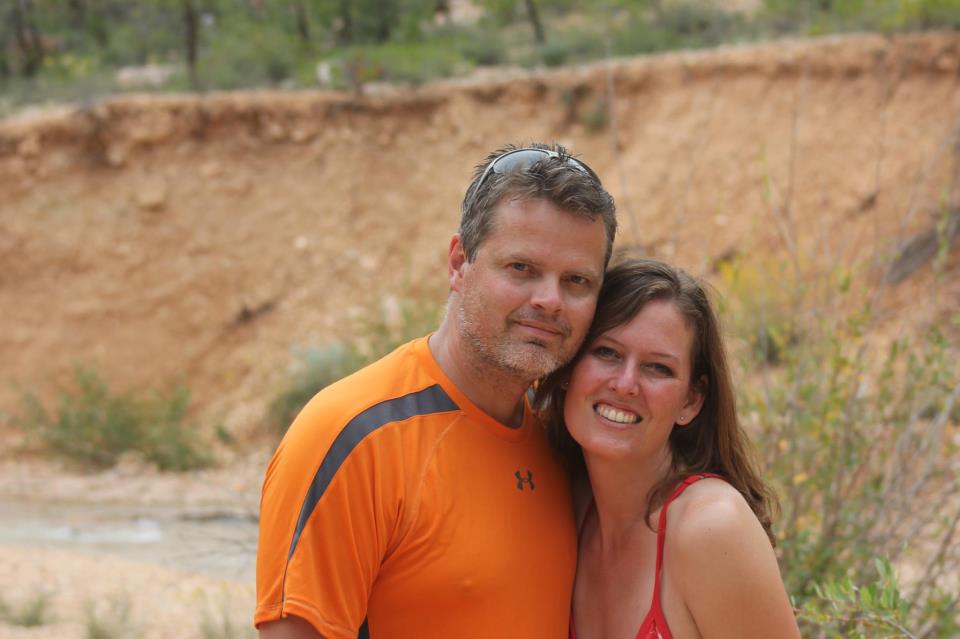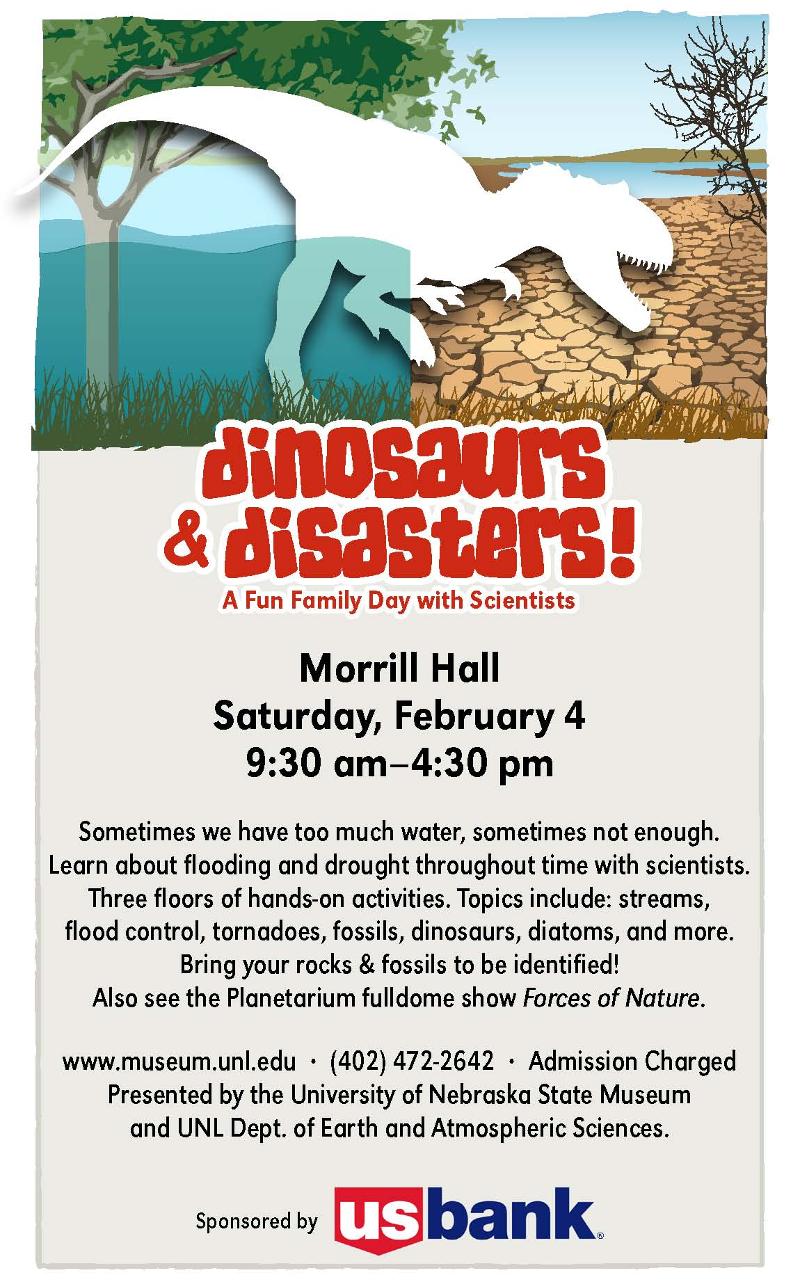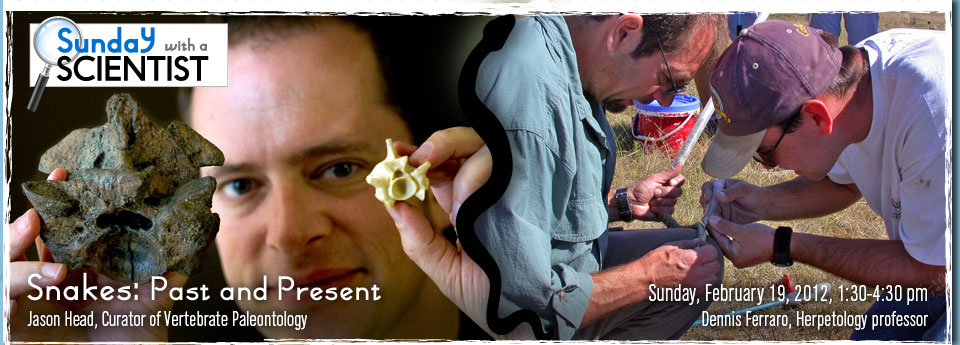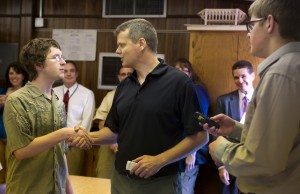I spent 35 days on the road with my family this summer (tenting much of the way), hitting 2 family reunions and visiting MANY national parks including quite a number of firsts for me.
Dinosaurs & Disasters
Bionic Leg
Bionic Leg Makes Amputee Faster on His Feet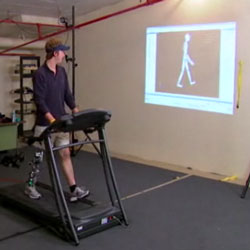
Craig Hutto considers himself part bionic man. In 2005, doctors amputated his leg after a shark attacked him during a fishing trip off the Florida Gulf Coast.
“I was 16 years old at the time,” recalls Hutto. “My brother heard me yell: ‘What was that?’ He saw something take me under; he saw the back fin of the shark. There was so much tissue damage and so much flesh gone that it was just irreparable.”
Two years later and game for a challenge, Hutto became the test pilot for a unique and powerful new prosthetic leg being developed by mechanical engineer Michael Goldfarb and his team at Vanderbilt University. The effort was kick-started by a grant from the National Science Foundation (NSF).
“We were able to develop an early prototype that demonstrated that you could have a leg that was light enough and could deliver biomechanical levels of torque and power,” says Goldfarb.
Version 1.0 evolved into a more streamlined version 2.0, which is computer controlled, with advanced range of motion in the joints. Version 2.0 was funded by the National Institute of Biomedical Imaging and Bioengineering at the National Institutes of Health.
“This is a battery that powers everything,” explains Goldfarb, holding up the latest version and pointing to the various components. “You have a motor that drives the knee joint, another motor that drives the ankle joint. There is a whole computer board that essentially tells the motors what to do with the joints.”
In Goldfarb’s lab, Hutto straps on the prosthetic and “walks the walk” on a treadmill–each step recorded by an array of cameras to help engineers improve the mechanics, electronics and software.
Brian Lawson, a mechanical engineer and member of Goldfarb’s team, says what makes this prosthetic stand out is the on-board computer. “What I think makes people think that it’s bionic is the computing capability that infers what the user is trying to do and works synergistically with the user to provide the torque at the right time.”
The prosthetic leg is designed to respond to cues from the wearer. For example, when Hutto goes from walking to climbing stairs, he gives a signal and the bionic leg responds. “I kind of kick my thigh back just a little bit,” says Hutto, “and just that little movement tells it, ‘Hey you’re about to walk upstairs,’ and it switches mode into the stair ascent.”
To reduce the risk of injury, Goldfarb’s team has intentionally programmed a slight delay into the leg’s computer to make sure the wearer and the prosthetic stay in perfect step with each other, and to make walking easier. “The leg can move with you,” says Goldfarb.
Hutto confirms it takes less effort to walk compared to the prosthetic he currently wears. “With my leg, it’s harder because it’s always a step behind. I’m having to use my hip to swing my leg through, whereas the Vanderbilt Powered Prosthetic, when it toes off, the power swings the leg through and so I’m not having to use my hip to swing it through.”
Goldfarb says after years of work, they have sold their technology to a major prosthetic manufacturer. “We’ll know in the next few years if these are going to come onto the market and really gain a lot of traction,” he says.
Meanwhile, Hutto, inspired by the three nurses who saved him from bleeding to death, is studying to become a nurse and looking forward to one day walking tall on the bionic leg that he helped make a reality.
Miles O’Brien, Science Nation Correspondent
Ann Kellan, Science Nation Producer
Sunday with a Scientist
Why I teach…
When I came back to teaching after spending 5 years as a research chemist (mostly “big-pharma”) my students were surprised that I would be willing to give up almost 40% of my salary to do so.
“I’m not here for the money”, I tell them; “Im here for you”…
Im here because teaching is in my blood, because I believe in what we are doing, and because I have something to offer our students. Im here at the Science Focus Program for the same reason they are here: we wanted something more.
Students at the Science Focus Program actually DO get something more. They get more science classes than the average student (at one science class each semester, 40 hours of science is the minimum!), they get more of my time, and they get more practice actually DOING science.
What do I mean by “doing” science? Here are some of the things our students have been involved in
2009 I started a collaboration with Doane and UNL that allowed students to participate in an effort to design and build a portable Scanning Tunneling Microscope. An STM allows you to examine materials at the level of individual atoms and even pick up and move single atoms! Students interested in this kind of work should contact me.
2010 We received a grant for an Energy Bike. As students pedal the bike they generate power! Feel firsthand the difference between how hard you have to work to light a “regular” light bulb and a “high efficiency” bulb. Students can conduct studies on power generation, efficiency, and energy conservation.
2011 (Spring) Two of our students actually got to launch an experiment into space! As part of the Student Spaceflight Experiments Program our students participated in (and eventually won) a contest to put an experiment on the final shuttle flight ever. On the final shuttle flight ever, there was a small sample of algae from our lab. Ground based studies show that algae produce a higher quantity of oil when stressed. This oil can be harvested and used to make biofuels. But does the same thing happen in space? The data is being analyzed even now…
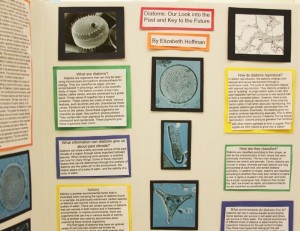 2011 (Spring) Students presented research at Climate Change Student Summit. Sharing their work with students from Alaska, Illinois and Virginia and professors from UNL, our students had a chance to both learn and teach about climate change. To the right is a poster presented by Libby Hoffman on Diatoms.
2011 (Spring) Students presented research at Climate Change Student Summit. Sharing their work with students from Alaska, Illinois and Virginia and professors from UNL, our students had a chance to both learn and teach about climate change. To the right is a poster presented by Libby Hoffman on Diatoms.
2011 (Summer) Students helped host the “Engineering Better Heart Health” Sunday with a Scientist event at Morril Hall. With audience ages ranging from 4 to 93, students talked about Science & Engineering and engaged the public in hands on activities. Many of the activities & presentations were designed by the students themselves. See the following page for details: Sunday with a Scientist. Photo below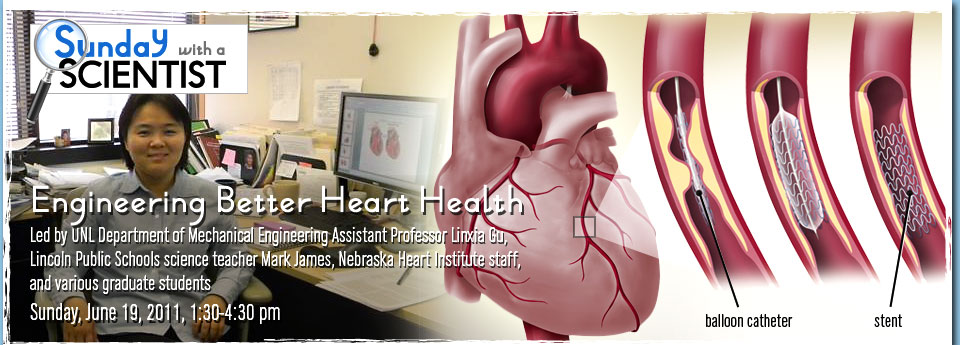
2011 (Fall) Students have started a team to compete in the Real World Design Challenge. This national competition has been going since 2008 but this is the first year Nebraska has been involved. This years challenge: design a wing for a light personal aircraft. The wing must be carbon-friendly, light and strong, capable of carrying 2 passengers 200 miles in less than 2 hours. Students will need to learn the design software, master the physics of flight, propose a wing design and test it all prior to submission.

